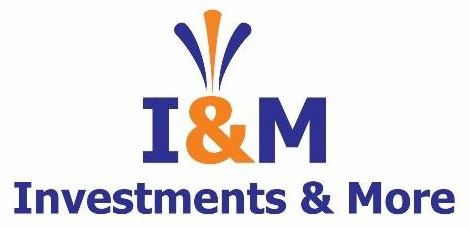Get the best
Investment guidance onMutual FundsEquity and ETFsInsuranceNPSLoan against MFPMS
Benefits
Because an MFD Knows The Best For You

Investment Guidance

Market Research
About Us
Your One Stop Business Solution
At, INVESTMENTS & MORE, our mission is to provide our clients with the best, contemporary solutions in wealth creation and wealth management. We are driven to provide clients with simple, unbiased, and uncluttered professional advice that adds value to their quality of life and results in actionable solutions.
A reputed name for comprehensive financial advisory and product distribution services

Our Core Products
looking for the right financial product ? You are at the right place, starting from mutual funds to insurance...

Why Choose Us
Why should we be your financial product distributors? This is a very relevant question to ask us...

Our Valuable Staff
It was a humorously perilous business for both of us. For, before we proceed further, it must be said….

Our Activities
We are doing social media activities. Follow us on instagram to get latest business updates...
Products
We Do Things That Matters
If you are looking for the right financial product, you are at the right place. Starting from mutual funds to insurance and other financial products, we have them all. You can select your financial investment products as per your requirements.

Mutual Fund
A mutual fund is a professionally managed investment vehicle that pools money from investors to invest in different asset classes.
Equity and ETFs
Equities offer direct company ownership, while ETFs provide diversified exposure through a basket of securities.
NPS
The NPS is a government-backed retirement scheme offering flexibility, savings, and potential returns for a secure future.

PMS
PMS offers HNIs customized wealth management solutions, tailored to goals, risk, and investment horizons in India.

Loan against MF
A loan against mutual funds lets investors borrow using their holdings as collateral, providing liquidity without selling assets.
Insurance
Protection against financial risks by covering losses of the insured during unforeseen and adverse circumstances.
Testimonials
What Clients Say
Our Services
We understand that merely having a rich product basket is not enough for our valued clients.
E-Wealth Account

Client Desk (Wealth Management Desk)

NJ Recommended MF Portfolio













